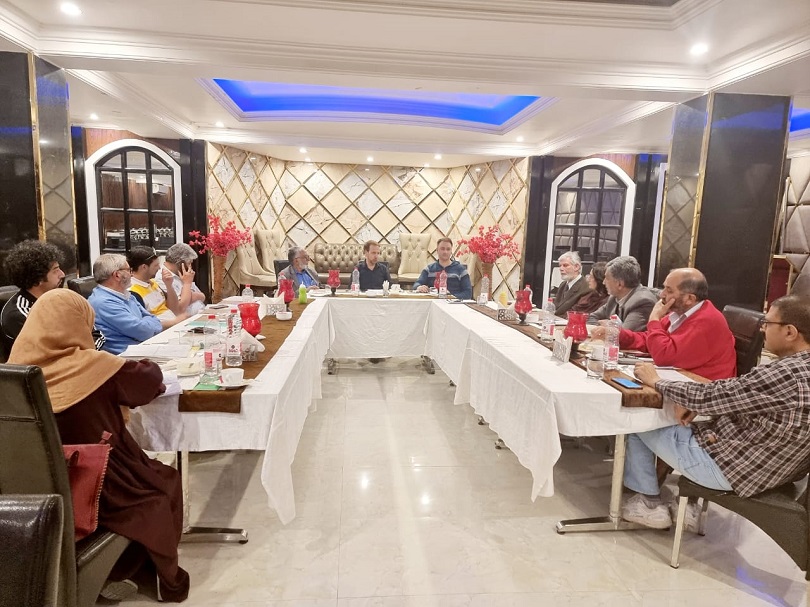
DAYS after the visit by Chinese Foreign Minister Wang Yi, Russia’s Foreign Minister Sergey Lavrov is expected to come to India this week. These are very significant visits. The effort by the two great powers seems to be to somehow persuade India to not support the west against Russia. India has so far maintained a nuanced stance on the ongoing war in Ukraine. It has earlier abstained on Western-led resolutions that criticized the Russian military action in Ukraine. Then it also abstained on a resolution pushed by Russia in the United Nations Security Council (UNSC) on the humanitarian crisis in Ukraine. The abstentions reflect an attempt by New Delhi to seek a neutral position as it continues to walk a diplomatic tightrope on the war which threatens to expand into Europe.
The west, which counts India as an ally, has noticed New Delhi’s painstaking attempt to not choose sides. US President Joe Biden said last week that India was “somewhat shaky” in showing its opposition to the Russian invasion of Ukraine. This has piled pressure on India to make a distinct choice between the warring parties. India has so far maintained its neutrality but the country is finding it increasingly difficult to maintain this stance. More so, with China and Russia jointly trying to wean it away from the west.
The visit of Wang Yi was a significant development in its own right. The Chinese foreign minister wanted India to throw its lot with China-Russia over the war in Ukraine. But New Delhi has made it clear that it was in the mood to improve its relations with Beijing until it didn’t pull back its troops from the territory it has captured in Ladakh. China claims the captured area as its territory and wants New Delhi to move on and accept the new status quo in Ladakh as a fait accompli. New Delhi, however, will not do so as was made clear by foreign minister S Jaishankar. In fact, the Ladakh situation is only complicating the matters between the two giant nations. A lingering stand-off on the Line of Actual Control could make things more difficult between them.
Going forward, it is difficult to predict how the rest of 2022 would go. As earlier underlined by Army chief General MM Naravane, the northern border remains a challenge. China and India have failed to arrive at a breakthrough even in their over a dozen rounds of Corps Commander-level talks. The two sides have been looking at a possible agreement for disengagement from Hot Springs as part of the comprehensive disengagement and de-escalation efforts in eastern Ladakh. The stand-off is now around two years long and the successive efforts to end it has met with modest success.
As things stand, it doesn’t look like things will change much on this score this year as for as China. And Pakistan too. Going by the statements of Pakistan’s leadership, the country has given up on any engagement with New Delhi as the latter wouldn’t reverse the withdrawal of Article 370. And China wants to cement the new status quo along the LAC. Here’s hoping that the situation turns out contrary to what seems like an eminently predictable course of events. As for as war in Ukraine, India would be expected to calibrate its approach depending on how the war shapes up in the coming months.
Follow this link to join our WhatsApp group: Join Now
Be Part of Quality Journalism |
Quality journalism takes a lot of time, money and hard work to produce and despite all the hardships we still do it. Our reporters and editors are working overtime in Kashmir and beyond to cover what you care about, break big stories, and expose injustices that can change lives. Today more people are reading Kashmir Observer than ever, but only a handful are paying while advertising revenues are falling fast. |
| ACT NOW |
| MONTHLY | Rs 100 | |
| YEARLY | Rs 1000 | |
| LIFETIME | Rs 10000 | |












